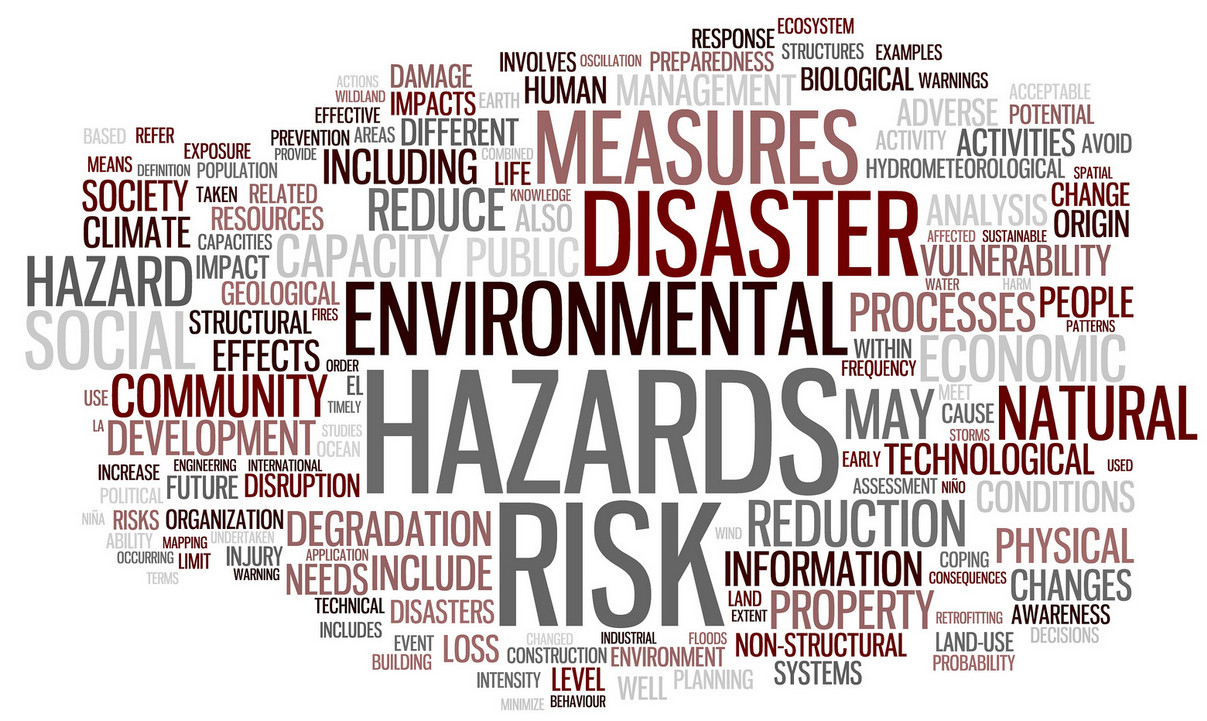AfricaPress-Tanzania: RAISING risk awareness and disaster reduction is important to save people and communities from the potential loss of life and great social and economic upheaval.
The sudden onset of disasters on the face of the earth has far reaching impact, including displacement of the millions of people every year.
Many of the disasters are exacerbated by climate change, have a negative impact on investment in sustainable development and desired outcomes.
To promote a global culture of risk awareness and disaster reduction, the United Nations General Assembly designated October 13 as a day for people and communities around the world to reduce their exposure to disasters.
To build a resilient future, it is critical that all development plans and investments are screened for disaster, and climate risk and integrate appropriate resilience measures where risks exist.
Investments in infrastructure will continue increasing to keep pace with urban growth and economic development. Through risk sensitive planning and investment in disaster resilient infrastructure, societies can safeguard these key investments.
National strategies for disaster risk reduction must be multi-sectoral, linking policies in areas, including land use, building codes, public health, education, agriculture, environmental protection, energy, water resources, poverty reduction and climate change adaptation.
Tanzania is currently investing heavily in infrastructural development throughout the country with the aim of reducing socioeconomic vulnerabilities to disaster, as well as dealing with the environmental and other hazards that trigger them.
To enhance the movement of people from one place to another and access to various social services, the government has been invested massively in roads, ports, railways and airport infrastructure.
When an extreme environmental hazard strikes, infrastructure can be a deciding factor in whether or not the situation becomes a disaster.
Roads, for example, can provide access to quickly supply relief aid to affected communities, but if roads are destroyed, entire regions can be cut off from support.
The government’s bold move has addressed social exclusion by reducing mobility poverty, transport affordability, accessibility poverty and exposure to transport externalities.
Sufficient and well-built infrastructure, such as high quality power and transportation networks, can limit the impact that natural hazards can cause, both in terms of loss of life and economic damage.
The direct and indirect benefits from investing in prevention and preparedness measures are far greater than potential costs that would be incurred without them.
Therefore, the proper development and maintenance of critical infrastructure in the country is a core component of disaster risk reduction.







